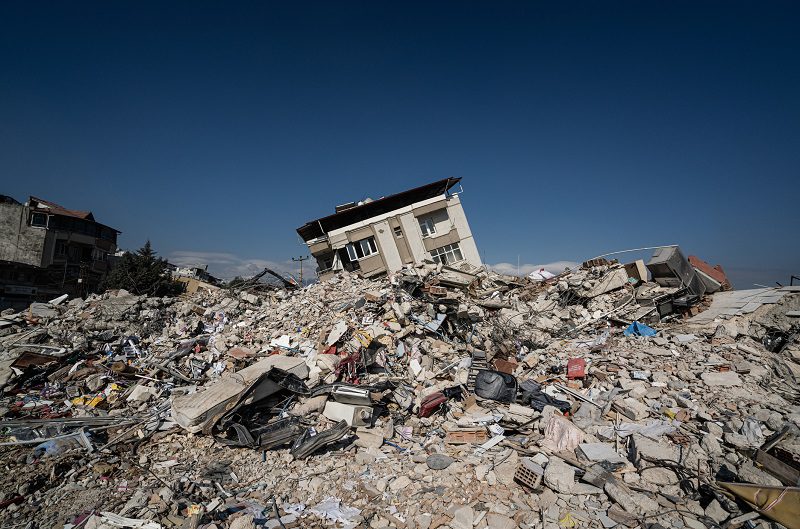NatCats increasingly a factor in why insurers fail

Add natural catastrophes to the list of reasons why insurance companies fail.
“It is important to note that the factors that lead to insurer failures are not unique to any one country, or to any single business strategy,” the Property and Casualty Insurance Compensation Corporation (PACICC) says in its new report, When, Where and How Often Insurers Fail, released last week. “Historically, the drivers of failure have been well understood – and include poor risk selection, bad pricing, inadequate loss reserving, and corporate complexity.
“But, our research also highlights a new and rapidly evolving solvency threat. More companies are failing due to natural catastrophes. Bluntly put, climate risk appears to be increasing solvency risk.”
PACICC’s report catalogues 547 P&C and life insurance company failures in more than 55 global jurisdictions since 2000. It estimates the incidence of insurer failure globally at about 24 insurer bankruptcies per year.
The catalogue provides an overview of high-level observations about the character of these global failures. Insolvency risks are grouped into the following four categories:
Internal control and operations
This encompasses poor underwriting (improper risk selection); insufficient loss reserving; inappropriate or insufficient diversification (such as geographically concentrated risks); bad investments; poor capital management; rapid growth (entry into new lines of business or new markets); and reinsurance mismanagement or misuse.
External governance
Shareholders may see their share values reduced due to external influences such as parent and subsidiary governance, risky mergers and acquisitions, reinsurer risk, and contagion risk due to decisions of peers and reinsurers.
Regulatory oversight
Lax oversight or insufficient reporting requirements can lead to insurer failures, as can collusion between regulators and the insured regulators.
Catastrophes
This would include exposure to a sudden increase of claims due to natural catastrophes, including perils such as: hurricanes, typhoons, severe tropical cyclones, tornadoes and tornadic waterspouts, severe storms, dry spells and droughts, heavy precipitation, floods, storm surges (caused by hurricanes), mudslides, landslides, heat waves, wildfires, earthquakes, tsunamis, and others.
Related: Why Insurers Fail
The risk of failures due to catastrophes is increasing, the report says.
“Insurers have been historically good at managing this [catastrophe] risk,” the report states. “However, there is some evidence in the GFI [Global Failed Insurer] Catalogue that catastrophic risk is an increasing cause of P&C insurer failures. Catastrophic risk can be identified as the primary cause in approximately 30% of global P&C insurance failures in 2021 and 2022.”
The absence of a failed insurer for a long period can sometimes be followed by a cluster of failures within a short period, PACICC’s study observes. In Canada, for example, the last insurer insolvency was Union of Canada Life Insurance in 2012. But before that, the country saw a cluster of six Canadian insurers, including Markham General, fail between 2000 and 2003.
“Interestingly, many jurisdictions have been found to experience sustained periods of calm, lasting perhaps 10 or even 20 years, during which time there are no insolvencies at all,” the report notes. “But, when insolvencies do occur, they often happen in clusters, with several insurers failing over a two-to-three-year period. Then, typically, market stability returns.”
The report observes that a major hurricane caused a cluster of insurance insolvencies in 1992.
“There have been other examples of failures caused by climate change-related natural catastrophes in the catalogue, including the cluster failures of: Florida Fire & Casualty Insurance Company, Great Republic Insurance Company, Guardian Property and Casualty Insurance Company, Insurance Company of Florida, MCA Insurance Company, Nova Southern Insurance Company, and Ocean Casualty Insurance Company, all of which failed in 1992 due to Hurricane Andrew.”
Feature image courtesy of iStock.com/ozgurdonmaz



